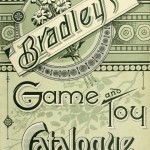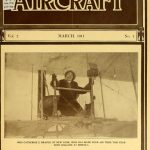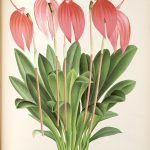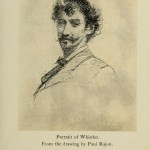 The Biodiversity Heritage Library has released a new user interface. The new interface was informed by usability studies and is based on the design and functionality of the BHL-Australia portal.
The Biodiversity Heritage Library has released a new user interface. The new interface was informed by usability studies and is based on the design and functionality of the BHL-Australia portal.
Category: Digitization
 As many of you have likely heard by now, the Internet has reached capacity. We have simply digitized too much, posted too many pictures of our cats, and tweeted all the one liners possible. There is no more room. No more blog posts, no more Instagram accounts and certainly no more Facebook! Residents of the modern world have filled the Internet’s digital pages and it is now, at long last, complete.
As many of you have likely heard by now, the Internet has reached capacity. We have simply digitized too much, posted too many pictures of our cats, and tweeted all the one liners possible. There is no more room. No more blog posts, no more Instagram accounts and certainly no more Facebook! Residents of the modern world have filled the Internet’s digital pages and it is now, at long last, complete.
 The International Data Group’s Computerworld Honors Program announced the Biodiversity Heritage Library as a 2013 Laureate on March 19. The annual award program honors visionary applications of information technology promoting positive social, economic and educational change.
The International Data Group’s Computerworld Honors Program announced the Biodiversity Heritage Library as a 2013 Laureate on March 19. The annual award program honors visionary applications of information technology promoting positive social, economic and educational change.
 A few months ago, a ceremony announced the Libraries’ electronic edition of the Escadrille N.124 Journal de Marche et Operations (i.e., the “combat logs”) of the legendary squadron of American aviators who served in the French Air Force during World War I, known more affectionately as the Lafayette Escadrille.
A few months ago, a ceremony announced the Libraries’ electronic edition of the Escadrille N.124 Journal de Marche et Operations (i.e., the “combat logs”) of the legendary squadron of American aviators who served in the French Air Force during World War I, known more affectionately as the Lafayette Escadrille.

This post was contributed by Chris Cottrill, Head Librarian, National Air and Space Museum Library.
The first years of early 20th century aviation were a time of rapid technological change in aircraft design and experimental flights. They were also years of opportunity for some women, to test the rules of polite society by learning to go aloft in these new “flying machines.” Aviation journals of the day noted that women were interested in aviation in Europe and North America and that some were piloting aircraft up into the sky. Examples of this interest can be seen in the pages of the magazine Aircraft (1910-1915), digitized by the Smithsonian Libraries.

Editor’s note: Rachel is an intern from the University of Maryland’s iSchool MLS program and has been with us for the past seven weeks. Her internship is coming to a close, so we’ve asked her to write a blog post to share what she has done as part of her internship. I have posted this on her behalf.
In January, Joel wrote about our plans to present the Taxonomic Literature-2 (TL-2) dataset as Linked Open Data, allowing for greater searchability and reuse. The main focus of my internship was to identify and investigate other data elements that could be converted to Linked Open Data.
 James Whistler was a Victorian dandy. A staunch proponent of “art for art’s sake”, a prominent figure in Victorian society, and while born in America, he divided his time between London and Paris. He advocated the decorative in art to such an extent, that his signature evolved into an apt symbol: the delicate, yet threatening, butterfly with a stinger.
James Whistler was a Victorian dandy. A staunch proponent of “art for art’s sake”, a prominent figure in Victorian society, and while born in America, he divided his time between London and Paris. He advocated the decorative in art to such an extent, that his signature evolved into an apt symbol: the delicate, yet threatening, butterfly with a stinger.
